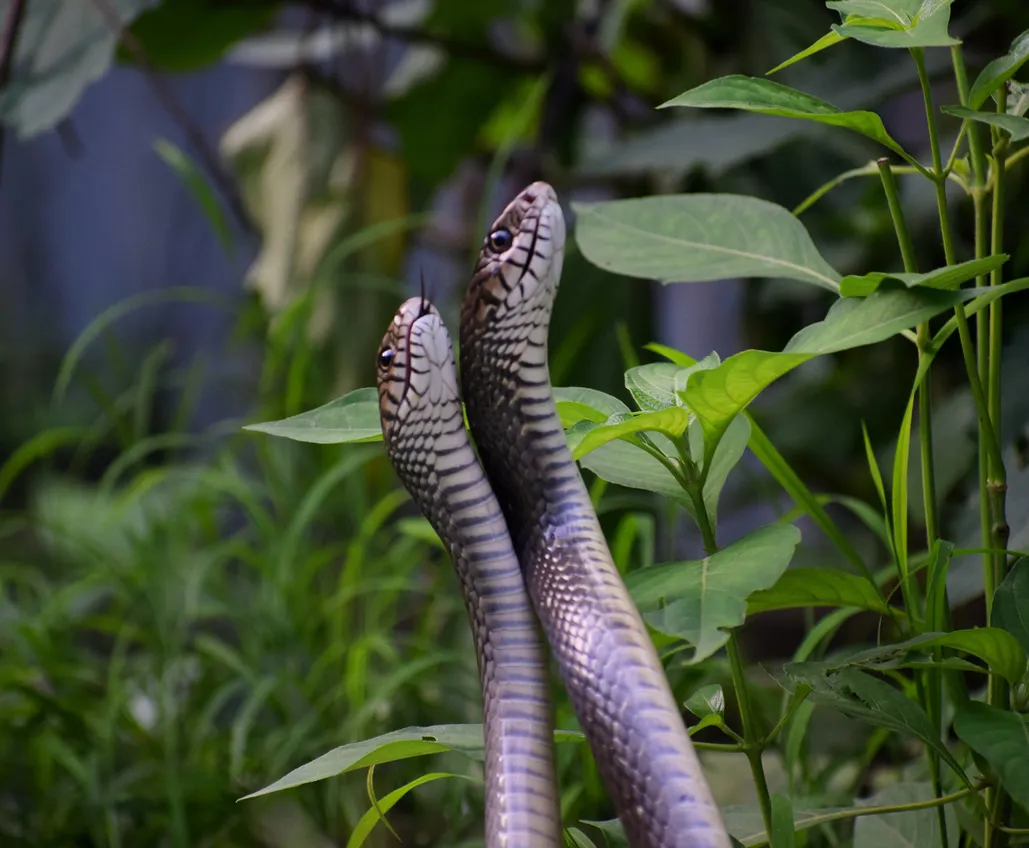In the mysterious world of serpent reproduction, one challenge consistently frustrates reptile breeders and conservationists alike: the reluctance of certain snake species to mate in captivity. While some species readily reproduce in controlled environments, others stubbornly refuse despite optimal conditions and careful husbandry. This reproductive reluctance represents more than just a frustration for breeders—it poses significant challenges for conservation programs and efforts to understand these fascinating creatures. The factors behind mating refusal in captive snakes involve a complex interplay of biology, behavior, environmental conditions, and evolutionary history that researchers continue to unravel. By understanding these obstacles, we can develop better approaches to snake conservation and captive breeding programs worldwide.
The Natural Mating Behaviors of Wild Snakes
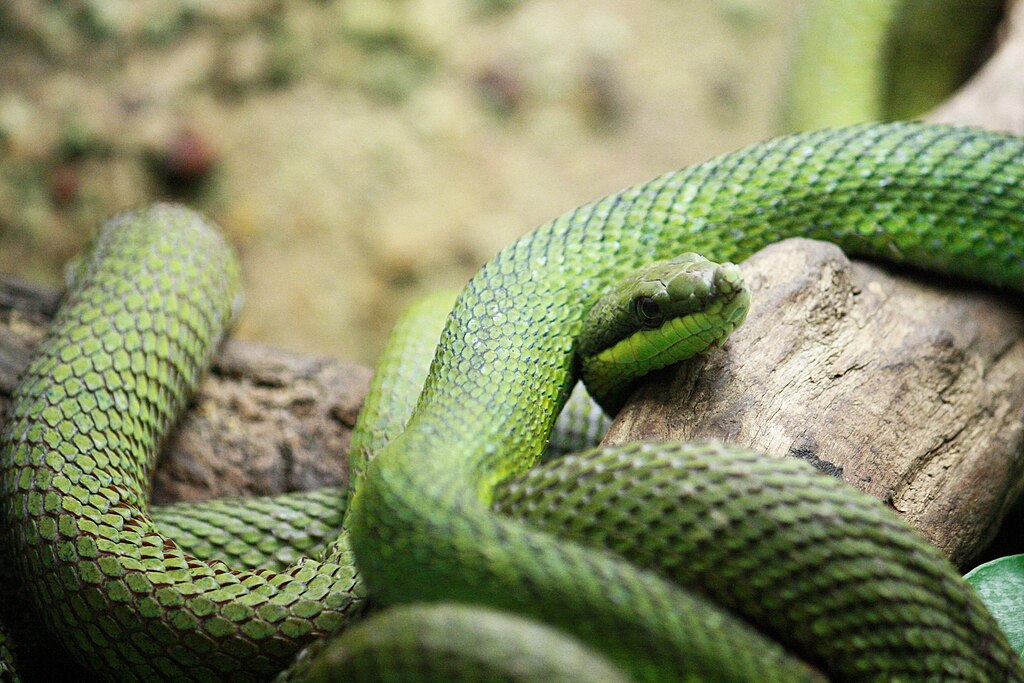
In their natural habitats, snakes engage in complex courtship rituals that have evolved over millions of years. Male snakes often follow pheromone trails left by receptive females, sometimes traveling considerable distances in pursuit of a mate. Many species participate in elaborate courtship dances, with males engaging in combat rituals to establish dominance and win breeding rights. During natural breeding seasons, environmental cues like temperature changes, rainfall patterns, and photoperiod (day length) trigger hormonal responses that prepare snakes for reproduction. These sophisticated natural processes can be difficult to replicate fully in captivity, especially for species that employ specialized mating strategies tied closely to their wild environments.
Stress Factors in Captive Environments
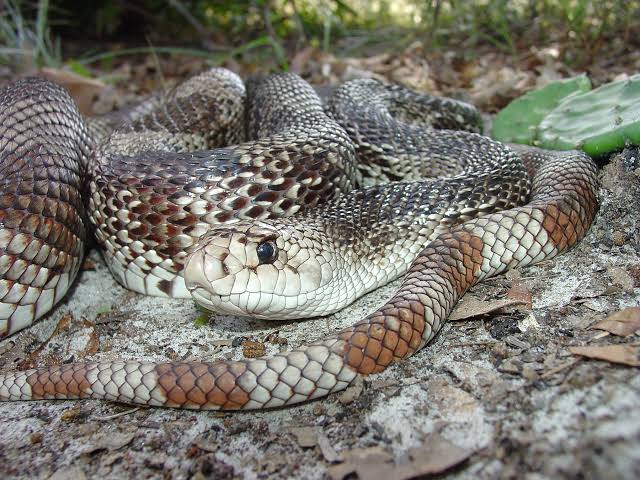
Captivity introduces numerous stress factors that can significantly impact a snake’s willingness to mate. The confined space of enclosures restricts natural movement patterns that would normally be part of courtship behaviors. Human presence and handling create disturbances that many species, particularly those less adapted to human interaction, find deeply stressful. Inappropriate housing conditions, including enclosures that are too small or lack proper hiding spots, contribute to chronic stress that suppresses reproductive hormones. Research has shown that stress hormones like corticosterone can directly inhibit reproductive function in reptiles, creating a physiological barrier to successful breeding even when physical conditions seem adequate.
Improper Environmental Cycling

Many snake species require specific environmental cycles to trigger reproductive behavior, which captive settings often fail to provide adequately. Seasonal temperature fluctuations serve as critical cues for reproductive readiness in numerous species, particularly those from temperate regions that require a distinct cooling period (brumation) to stimulate breeding behavior. Photoperiod changes—the natural shifting of daylight hours throughout the year—provide important hormonal triggers that many captive setups fail to replicate accurately. Rainfall patterns and humidity cycles can be essential reproductive cues, especially for tropical species whose breeding is synchronized with wet seasons. Without these precise environmental triggers, many species’ reproductive systems simply never activate the hormonal cascades necessary for successful mating behavior.
Diet and Nutritional Deficiencies

Reproductive function requires significant energy resources, making proper nutrition fundamental to breeding success in captive snakes. Captive diets often lack the variety and nutritional complexity of wild feeding patterns, potentially creating deficiencies in key nutrients required for reproduction. Female snakes, in particular, require substantial energy reserves to produce eggs or support developing embryos, and may refuse to breed if their bodies detect insufficient resources. Vitamin and mineral imbalances can disrupt hormonal regulation crucial to reproductive processes, with deficiencies in calcium, vitamin D3, and certain fatty acids being particularly problematic. Studies have shown that improving dietary diversity and nutritional quality can dramatically increase breeding success in previously non-reproductive specimens.
Social Dynamics and Partner Selection

The social aspects of snake reproduction are often underestimated and poorly accommodated in captive breeding attempts. In the wild, females of many species have the opportunity to select from multiple potential mates, choosing partners based on genetic quality signals that may be impossible to replicate with limited breeding stock. Some species engage in complex communal breeding behaviors where the presence of multiple males and females creates social dynamics that stimulate reproductive activity. Forced pairings in captivity may violate natural mate selection processes, leading to rejection by one or both partners despite physiological readiness to breed. Research increasingly suggests that allowing some degree of mate choice in captive breeding programs substantially improves success rates.
Hormonal Imbalances and Reproductive Health

Captivity can disrupt the delicate hormonal balances essential for reproductive function in snakes. The endocrine system, which regulates reproduction through complex hormonal cascades, is highly sensitive to environmental and physiological stressors present in artificial settings. Female snakes may develop follicular stasis or dystocia (egg-binding) due to improper environmental conditions, leading to reproductive failure and health issues that prevent future breeding attempts. Males may experience reduced sperm production or quality when kept in suboptimal conditions for extended periods. Long-term captivity across multiple generations can sometimes lead to reproductive senescence—a premature aging of reproductive capabilities—particularly in species that haven’t been selectively bred for captive reproduction.
Species-Specific Breeding Requirements
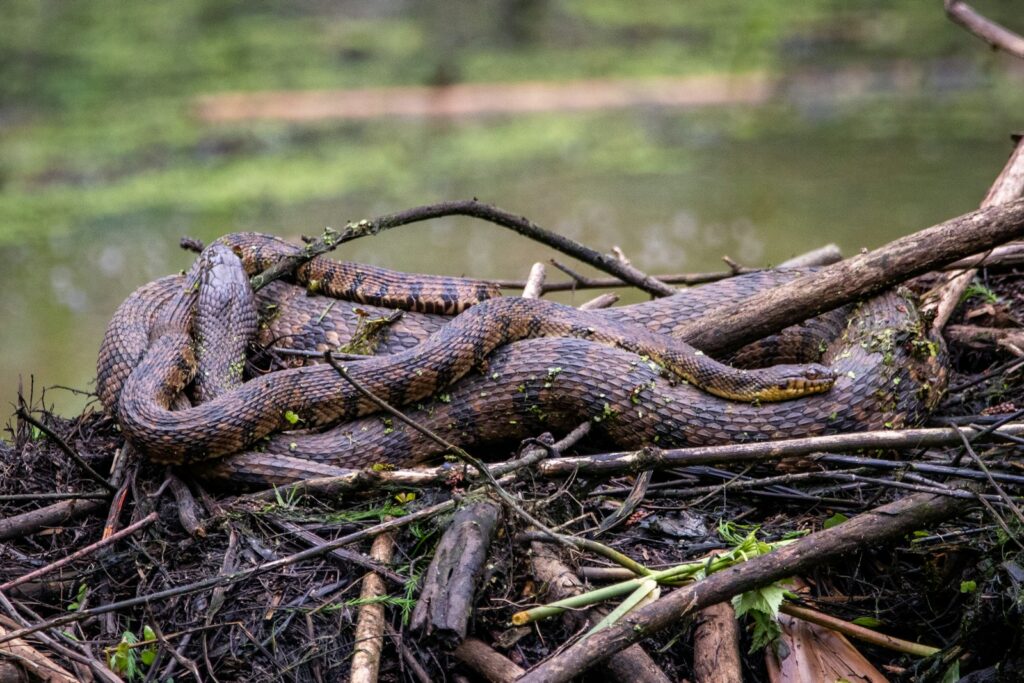
The tremendous diversity among snake species means that breeding requirements can vary dramatically, with some species having highly specialized needs that elude even experienced keepers. Certain vipers and pitvipers, like many rattlesnake species, have complex breeding requirements involving precise temperature cycling, barometric pressure changes, and specific social interactions that challenge replication efforts. Arboreal species such as certain tree boas and pythons may require vertical space and specific branch arrangements to engage in natural courtship behaviors. Aquatic and semi-aquatic species often need particular water parameters and depths to trigger breeding responses. The king cobra (Ophiophagus hannah), among the most difficult species to breed in captivity, requires elaborate nesting opportunities and extensive space that few facilities can provide.
The Impact of Origin: Wild-Caught vs. Captive-Born
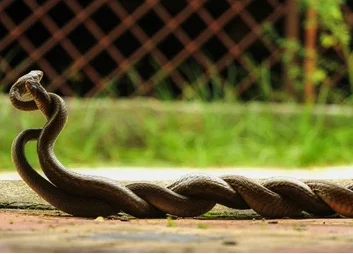
The origin of breeding stock plays a significant role in reproductive success, with important distinctions between wild-caught and captive-born specimens. Wild-caught adults often carry deep-rooted behavioral patterns tied to their natural environments that can be resistant to change, and adapting to captive breeding conditions is particularly challenging. Captive-born individuals, especially those from multiple generations of captive breeding, typically show greater reproductive flexibility and adaptability to artificial conditions. However, long-term captive lineages can sometimes develop genetic or developmental issues that impact reproductive capacity, particularly in programs with limited genetic diversity. Research indicates that the most successful captive breeding programs often combine careful introduction of new genetic material with selective breeding for reproductive success in captivity.
Pheromone Communication Challenges

Chemical communication through pheromones plays a central role in snake reproduction that can be disrupted in captivity. Female snakes release specific pheromones when reproductively receptive that males detect through their vomeronasal organ, triggering courtship behaviors. Artificial environments may dilute these chemical signals or introduce competing artificial scents from cleaning products, handler scents, or nearby animals. Air filtration systems, while necessary for air quality in indoor facilities, can remove airborne pheromones that would naturally guide males to receptive females. Some species rely on environmental substrates to effectively distribute pheromone trails, and captive setups with artificial substrates may interfere with this crucial communication channel.
The Role of Age and Reproductive Maturity
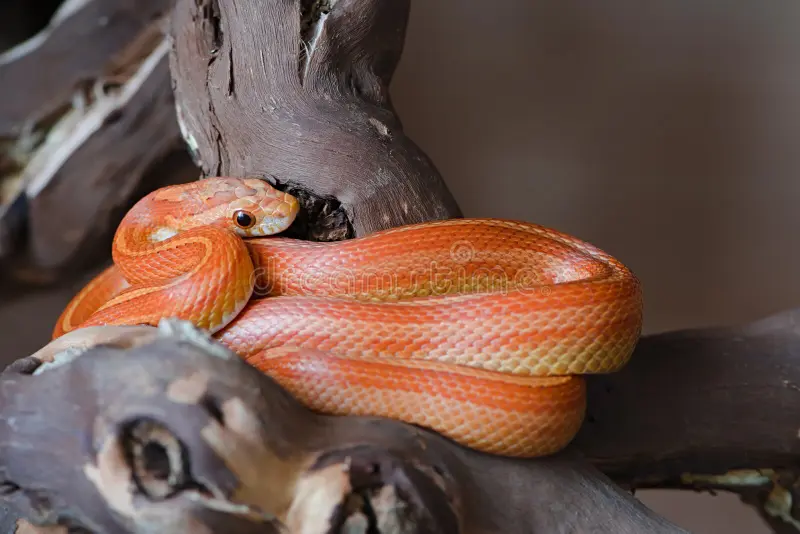
Misjudging reproductive maturity can lead to failed breeding attempts, as age and sexual maturity don’t always correlate predictably in snakes. Many larger snake species reach sexual maturity based on size rather than age, requiring specific body mass thresholds before becoming reproductively capable. Conversely, premature breeding attempts with specimens that have reached size benchmarks but lack physiological maturity can lead to lasting reproductive issues, particularly in females. Some species exhibit reproductive senescence earlier in captivity than in the wild, creating a narrower window for successful breeding than keepers might expect. Proper documentation of growth rates, feeding history, and prior reproductive behavior provides crucial context for determining optimal breeding timing.
Genetic Compatibility Issues
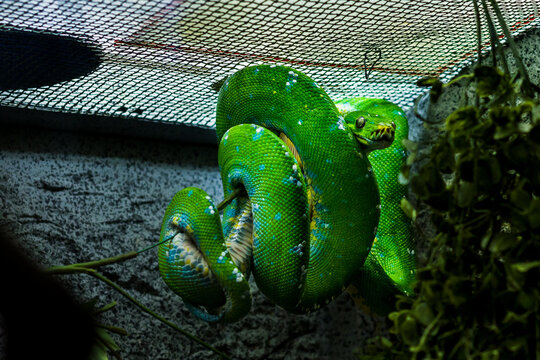
Genetic factors play an increasingly recognized role in reproductive compatibility between potential snake breeding pairs. In wild populations, genetic compatibility mechanisms help prevent inbreeding and optimize offspring fitness, but these mechanisms may become problematic in captivity’s limited gene pools. Some species have cryptic reproductive barriers that prevent successful fertilization despite apparent mating, particularly in closely related subspecies or populations that appear morphologically similar. Hybridization attempts between related species or subspecies often produce reduced fertility or complete reproductive incompatibility, despite behavioral willingness to mate. Advanced captive breeding programs now incorporate genetic testing to optimize pairings and avoid incompatibility issues that might otherwise remain invisible until after multiple failed breeding attempts.
Successful Strategies for Overcoming Mating Reluctance
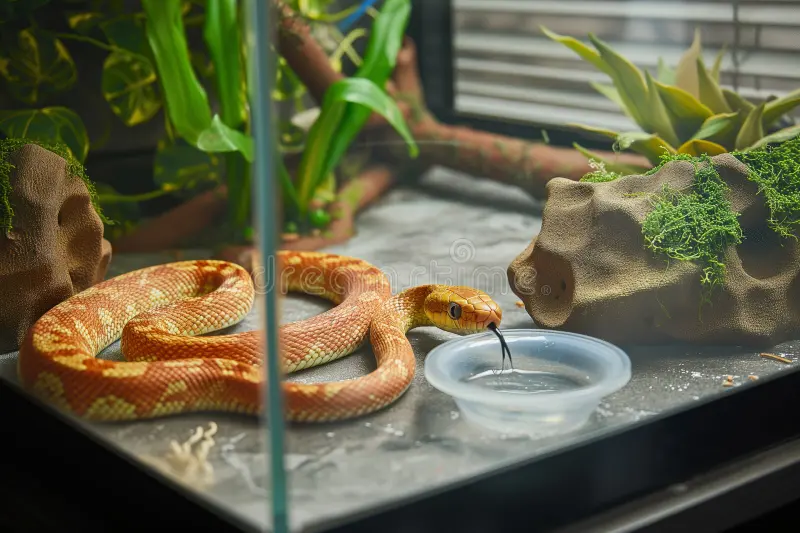
Despite the challenges, breeders and conservation programs have developed effective strategies to overcome mating reluctance in captive snakes. Creating microhabitats that closely mimic natural breeding sites—including appropriate substrate depth, humidity gradients, and thermal properties—significantly improves breeding success for environmentally sensitive species. Implementing precisely controlled brumation (cooling) periods with gradual temperature and light changes that match wild seasonal patterns has proven effective for temperate species. The introduction of natural rain cycles using automated misting systems synchronized with barometric pressure changes can trigger breeding in species adapted to seasonal rainfall patterns. Some facilities have found success with “conditioning” potential breeding pairs in adjacent enclosures before introduction, allowing chemical and visual familiarization before the stress of direct contact.
Conservation Implications of Breeding Difficulties
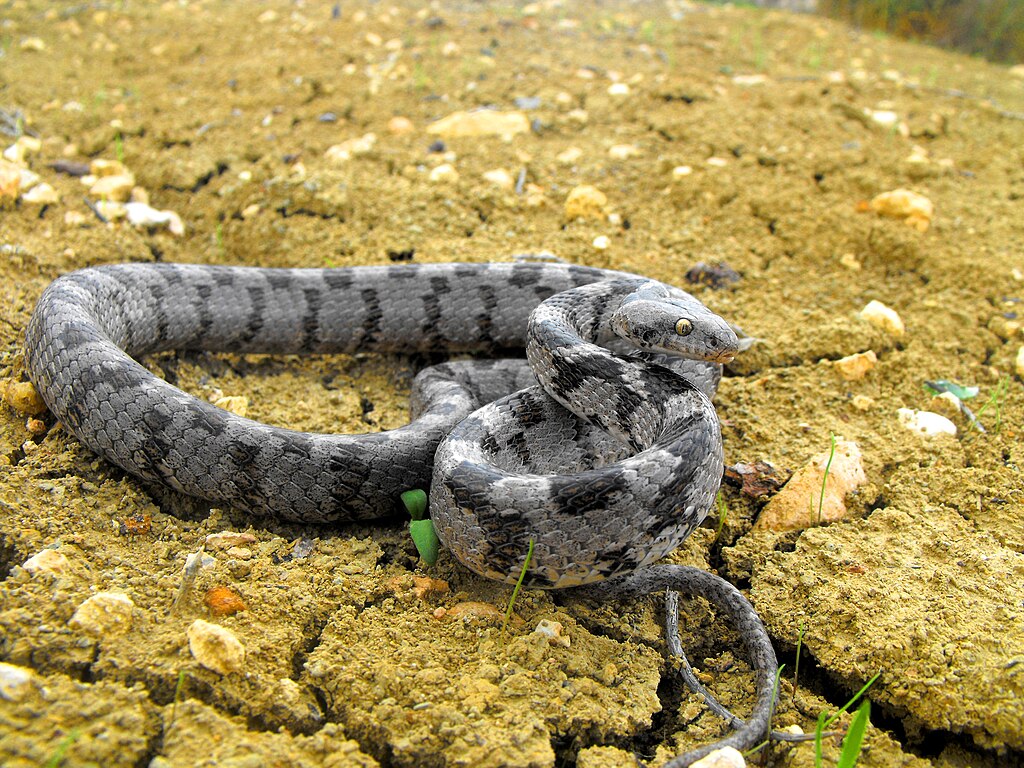
The inability to reliably breed certain snake species in captivity has significant conservation implications in our rapidly changing world. For critically endangered species like the Round Island boa or the Saint Lucia racer, successful captive breeding represents a crucial insurance policy against extinction as natural habitats face unprecedented threats. Failed breeding programs limit genetic diversity preservation efforts, potentially creating future bottlenecks if wild populations continue to decline. Conservation initiatives increasingly adopt integrated approaches combining habitat protection with targeted captive breeding of difficult species, recognizing that some species may never breed reliably in artificial settings. The scientific knowledge gained from studying reproductive challenges in captivity often provides valuable insights into wild reproduction patterns, benefiting broader conservation efforts for these remarkable reptiles.
The reluctance of certain snake species to breed in captivity stems from a complex interplay of biological, behavioral, and environmental factors. Successfully addressing these challenges requires a sophisticated understanding of species-specific needs, attention to environmental details, and sometimes remarkable patience. As our knowledge of snake reproduction continues to grow, breeding success rates improve, even for traditionally difficult species. This progress not only benefits captive breeding programs but also provides crucial support for conservation efforts focused on threatened snake species worldwide. By continuing to refine our approaches and share knowledge across the herpetological community, we can hope to unlock the reproductive mysteries of even the most reluctant captive breeders, ensuring these fascinating creatures remain part of our planet’s biodiversity for generations to come.

